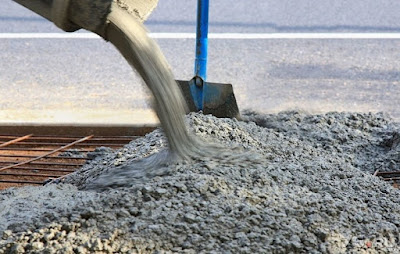Gone are the days of having a drab, uninteresting walkway or driveway. When it comes to concrete, the days of living with a drab, monotonous sidewalk or driveway are over, as there are various options to swap out the simple look for a textured one, which not all road materials can provide!
Concrete paving has several advantages over asphalt Paving Adelaide. The first is the color: compared to the basic black of asphalt, concrete is brighter, resulting in a cleaner driveway. Retaining Walls Adelaide is also highly durable, which is why it is used to pave most roadways. Concrete-paved roads typically last far longer, and the paving procedure is also reasonably quick, resulting in fewer traffic delays.
Concrete Driveway Advantages
1. Simple to Care
When concrete is placed on the ground, it creates a large slab of driveway material for you or your visitors to drive on. Because of its intrinsic feature, it is easier to clean and maintain than other forms of material over time. Concrete is less of a nuisance in the long term because of its cheaper maintenance and repair costs.
2. Stable and long-lasting
A concrete driveway is well-known for its ease of upkeep, but that's not all. It's extremely tough, and its high strength prevents it from cracking or chipping even after years of use. You can be confident that a concrete driveway can bear a thousand pounds of weight day in and day out, no matter what car you or your family drive. They'll be able to keep it even if they don't want to.
3. Attractiveness
Grey concrete can be converted into more appealing materials that will complement and compliment any home. It can be transformed or stamped into attractive patterns, including cobblestones, natural stone impressions, random interlocking, and European fans. You can also paint it to look like more expensive materials like pavers and bricks.
Stamped concrete, also known as textured concrete, can make concrete driveways look like flagstones, bricks, wood, or tiles, giving them a realistic and expensive appearance. You can also stain a driveway to match the general motif of your house. It can be etched to change the appearance of concrete and create a more intricate effect. One of the older types of aggregate is exposed aggregate.
Exposed aggregate is one of the oldest and most significant ways to adjust the look of your driveway to suit your needs. Contractors can groove or saw your driveway into any imagined pattern for homeowners who choose a one-of-a-million driveway design!
You can't go wrong with Concrete Adelaide for a driveway that will last as long as your house, one that fits the color and style of your home, or one that is versatile and easy to maintain. It possesses all of the advantages of all other driveway Paving Adelaide materials and many others.


Comments
Post a Comment